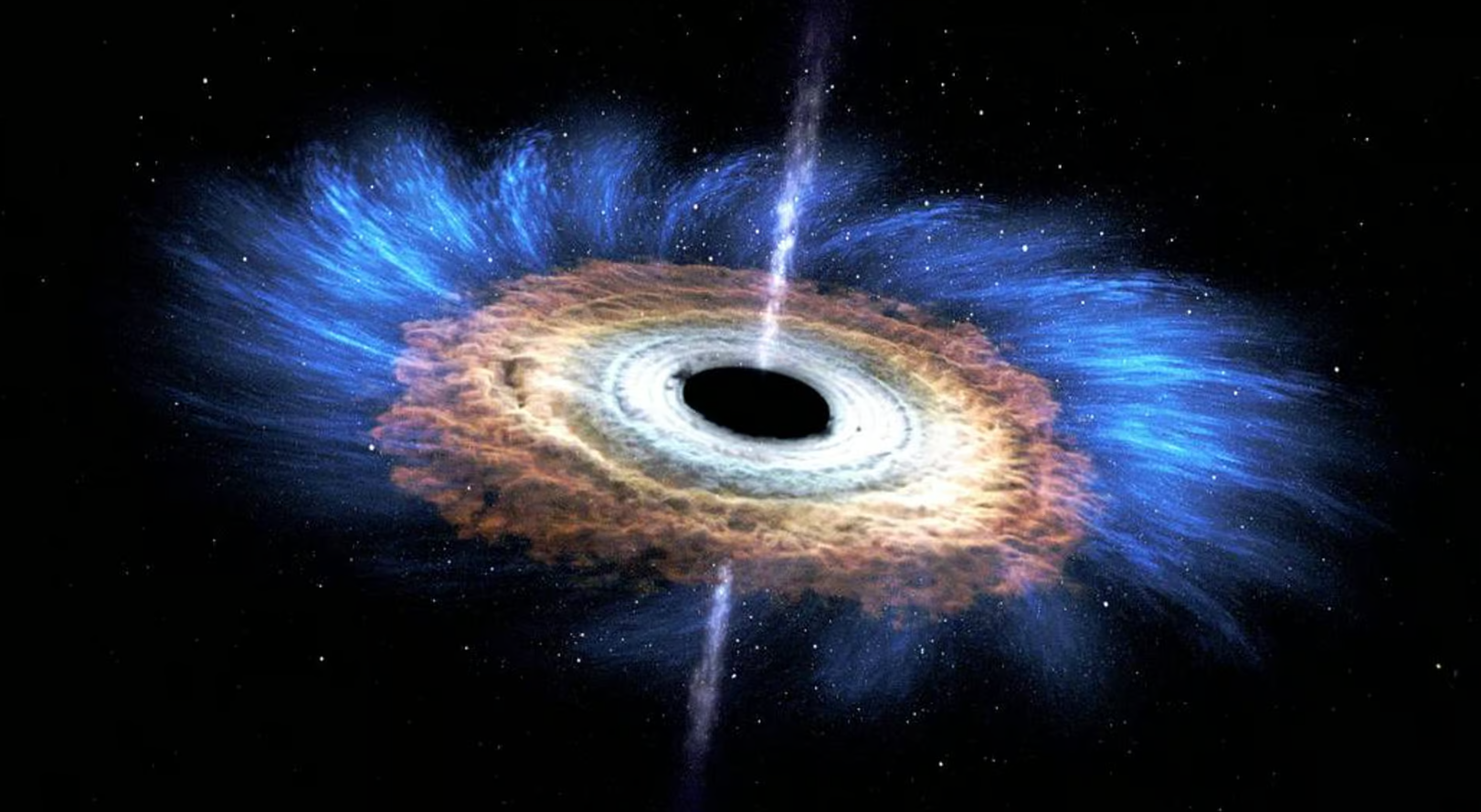Supermassive black hole rips a star 137 million light years away - the closest event in observational history

The destruction of a star by a supermassive black hole is a common event in the Universe. However, astronomers have recently seen the closest such cosmic incident to Earth.
Here's What We Know
At the end of 2020, astronomers witnessed a rare celestial light show when a black hole extended a star. The event took place about 200 million light years away from our planet, a record for any observational event in history.
However, scientists recently saw a supermassive black hole rip a nearby star in the galaxy NGC 7392. This cosmic cataclysm occurred 137 million light years away.
Such events occur when a star passes close enough for the tidal forces from a supermassive black hole to overcome the star's gravity and collapse it. Some of the matter forms an accretion disk and some is ejected.
The event in NGC 7392 is designated WTP14adbjsh. It was detected by the NEOWISE space telescope. The star was destroyed by a black hole with a mass rangingfrom 107.5 to 7.8 solar masses. Such observations are important for scientists to learn more about the formation of accretion discs.